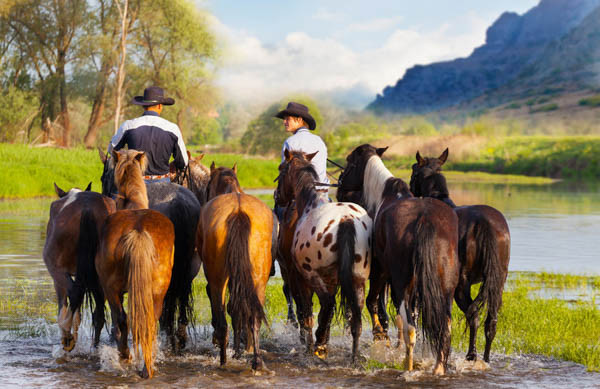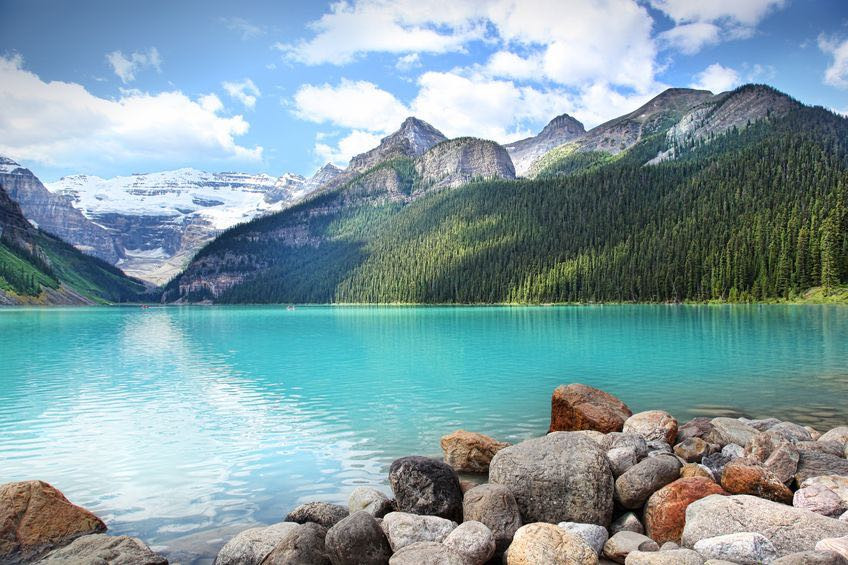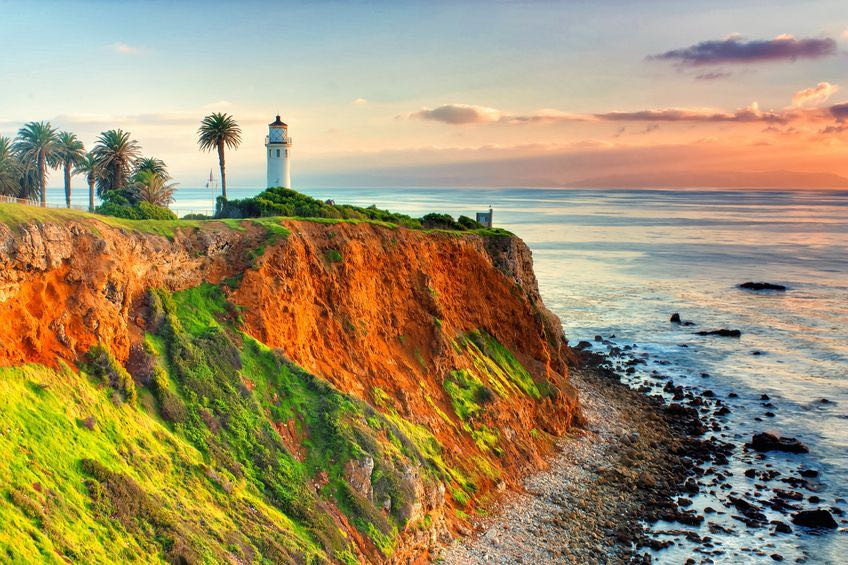North America - Inspiring Garden Ideas for all Gardeners
North American gardens reflect the continent’s vast geographic diversity, from the arid deserts of the Southwest to the lush forests of the Pacific Northwest and the rolling meadows of the Midwest.
Firstly, understanding your region’s hardiness zone is crucial. The USDA Hardiness Zone Map is a guide for plant survival during winter, but for summer heat tolerance, the American Horticultural Society’s Heat Zone Map is beneficial. For a more detailed understanding, Sunset Climate Zones incorporate not only minimum and maximum temperatures but also length of growing season, timing of rainfall, humidity, and wind.
- Desert Gardens: In arid regions, xeriscaping with drought-tolerant native plants such as Agave, Penstemon, and Yucca is popular. Gardens here often embrace the beauty of the desert, using rocks, gravel, and architectural plants for interest.
- Mediterranean Climate Gardens: Areas such as coastal California enjoy a Mediterranean climate. Plants such as Lavender, Rosemary, and Olive trees thrive here, as do succulents and native wildflowers.
- Tropical and Subtropical Gardens: In warmer areas like Florida and southern Texas, tropical and subtropical plants like Palms, Hibiscus, and Bird of Paradise are common.
- Traditional Gardens: In temperate regions with adequate rainfall, traditional garden styles often include lawns, flower beds, and vegetable gardens. Roses, Hydrangeas, and Tomatoes are popular.
- Woodland Gardens: In the forested regions of the Northeast and Pacific Northwest, woodland gardens with shade-tolerant plants like Ferns, Hostas, and Rhododendrons are common.
Remember, selecting plants adapted to your region’s climate and conditions is key to a successful, sustainable garden.



